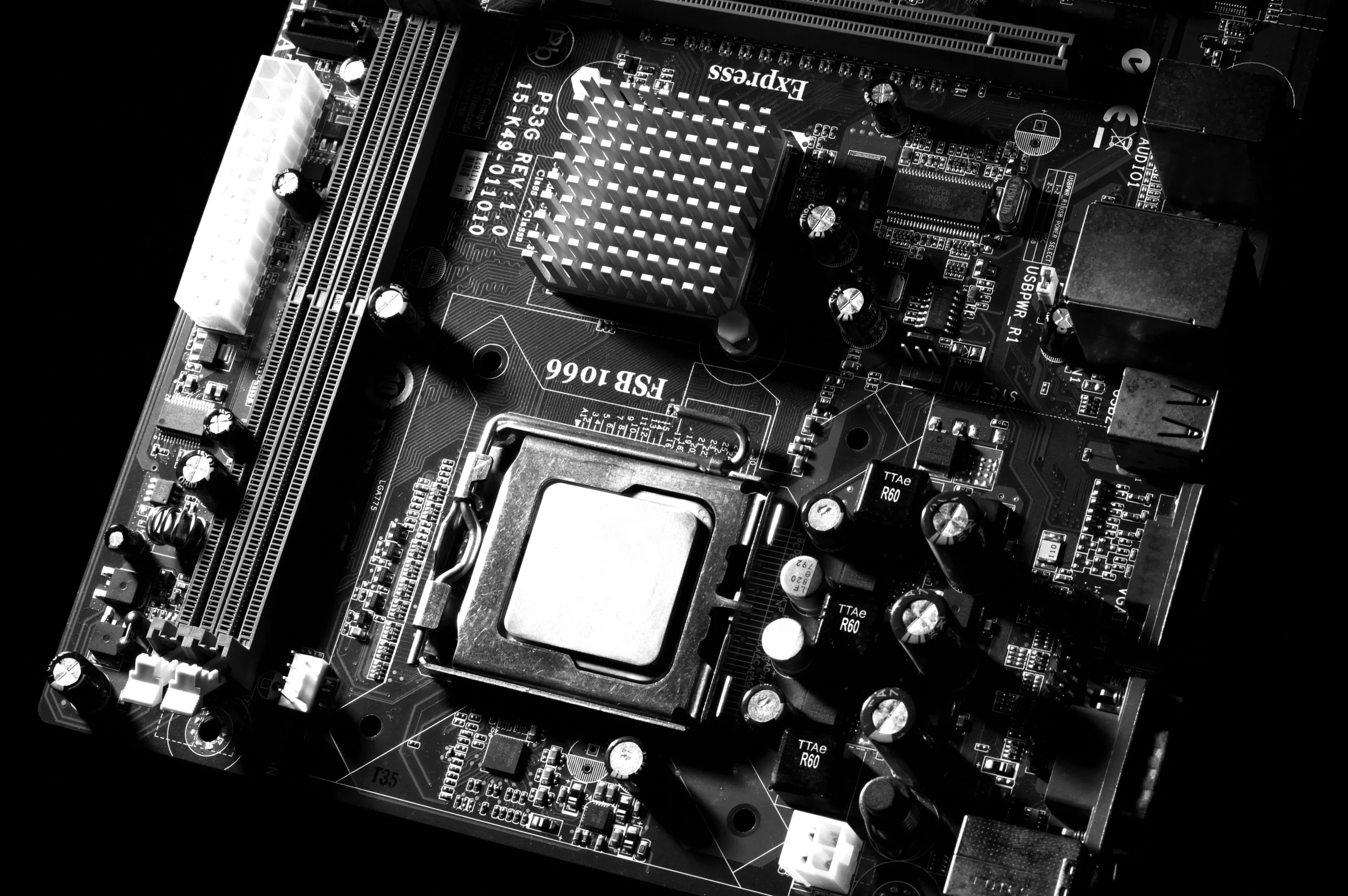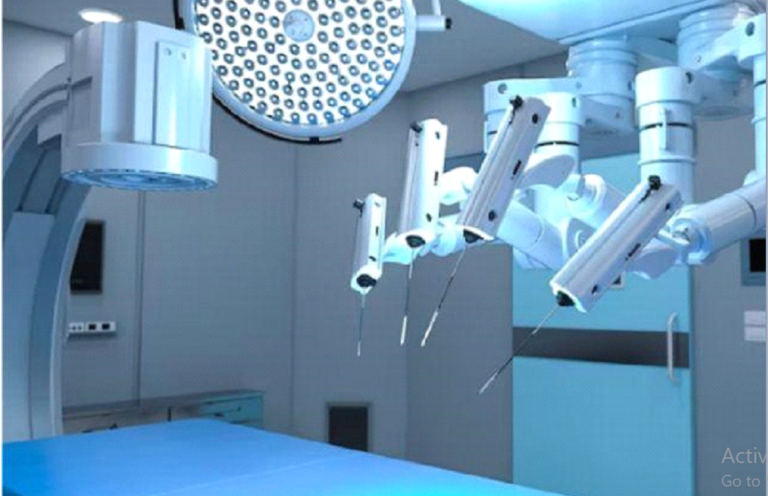A Deep Dive into the Functionality of Modern Septic Systems

Contents [show]
Understanding Your Septic System Components
To fully appreciate the engineering behind a modern septic system, it’s crucial to be familiar with each component’s role and how they interplay. Critical elements include:
- The septic tank, where solids settle and begin to decompose.
- The ATU further treats the effluent.
- The final treatment occurs in the drain field as the wastewater percolates through soil layers.
Recognizing these components aids homeowners in identifying when professional septic services are warranted and contribute to more informed conversations with service providers.
Evolution of Septic System Technologies
Septic systems have radically transformed from their simple origins to today’s highly efficient configurations. Initially, septic systems were rudimentary, offering essential treatment and relying primarily on soil filtration. With increased environmental awareness and technological progress, modern systems for septic pumping now incorporate advanced treatment units (ATUs), which provide intensive treatment by introducing oxygen to promote aerobic bacterial activity. This process efficiently breaks down waste, discharging cleaner effluent into the drain field. Additionally, advanced systems may be equipped with alarm systems and effluent filters to aid in maintenance and guarantee reliable functioning.
Benefits of Modern Septic Technologies
These advanced systems come with various benefits, particularly regarding environmental protection. By achieving better effluent quality, they reduce the risk of groundwater contamination. Enhanced treatment methods enable households to manage wastewater effectively, even on properties with limited space or poor soil conditions. Efficiency isn’t just ecological but financial as well. Homeowners with modern systems can often look forward to reduced maintenance costs in the long run, as these systems are designed with durability and resilience in mind. Thus, the investments in new technologies are amortized over extended periods, providing economic and ecological savings.
Maintenance Recommendations for Septic Systems
Seasoned professionals agree that proactive maintenance is the cornerstone of a well-functioning septic system. To avoid future problems, routine maintenance, such as pumping the tank every three to five years and yearly system inspections, is essential. Homeowners should closely monitor the system’s performance and contact certified technicians at the first sign of trouble. Moreover, many states have specific requirements for system maintenance, making adherence to a recommended schedule more imperative for legal compliance and the smooth operation of one’s household waste management infrastructure.
Best Practices for Septic System Care
Awareness and vigilance in daily activities are crucial for the longevity of septic systems. Avoiding flushing non-biodegradable materials or harsh chemicals down the drain is essential to preserving the microbiological equilibrium of the system. Water conservation is also integral to preventing the system from overtaxing. Consider installing efficient fixtures and appliances and repairing leaks promptly to manage water input. Educating family members on the importance of these practices ensures collective efforts in safeguarding the integrity of your septic system.
Signs Your Septic System Needs Attention
Noticing early warning signs can herald septic system troubles on the horizon. Sudden changes in yard appearance, such as soggy patches or unusually lush growth over the drain field, can indicate effluent surfacing due to drain field failure. Indoors, if drains move sluggishly, it may suggest a clog or backup within the system. Odors around the tank or drain field are also red flags. Homeowners noticing these symptoms should consult a septic system professional to diagnose and remediate the issues.
Understanding Regulations and Compliance
Navigating the patchwork of septic system regulations can be daunting. Regulations vary widely depending on your locality and are implemented to ensure public safety and environmental protection. These may dictate the type of system you can install, specify maintenance requirements, or mandate periodic inspections. Familiarity with your area’s laws and guidelines, often accessible through local health departments, is crucial for maintaining a compliant and functional system.
Innovations in Septic System Repair and Rehabilitation
When repairing or rehabilitating an existing system, innovations in the field offer promising, less intrusive alternatives that are often more affordable than a complete replacement. Techniques such as in situ soil fracturing, which enhances soil percolation, or inserting new-age filters that elevate treatment levels extend the life of existing systems. These options allow homeowners to modernize their wastewater treatment capabilities without the upheaval and expense of installing an entirely new system.
How to Choose a Septic Service Provider
Selecting the right provider for septic services is as important as the maintenance itself. Licenses, certifications, and experience are critical indicators of a provider’s expertise. It’s also wise to inquire about their range of services, from installation to repair and regular maintenance. Seeking testimonials and reviews from other customers provides additional insight into the provider’s reliability and quality of service. A trustworthy provider will offer technical expertise and guide you in keeping your septic system compliant with local regulations and environmentally sound.
Read Also How To Choose The Right Stock Market App





